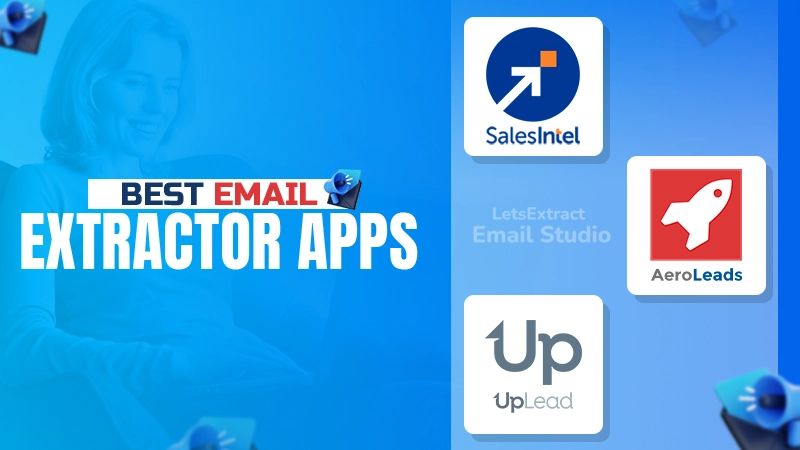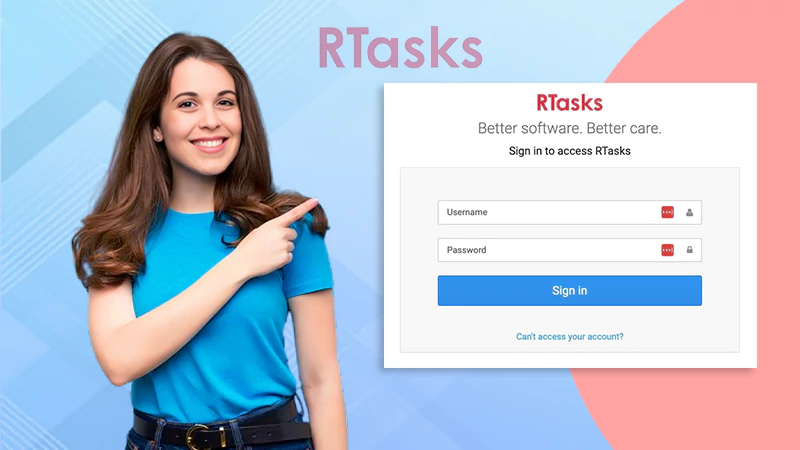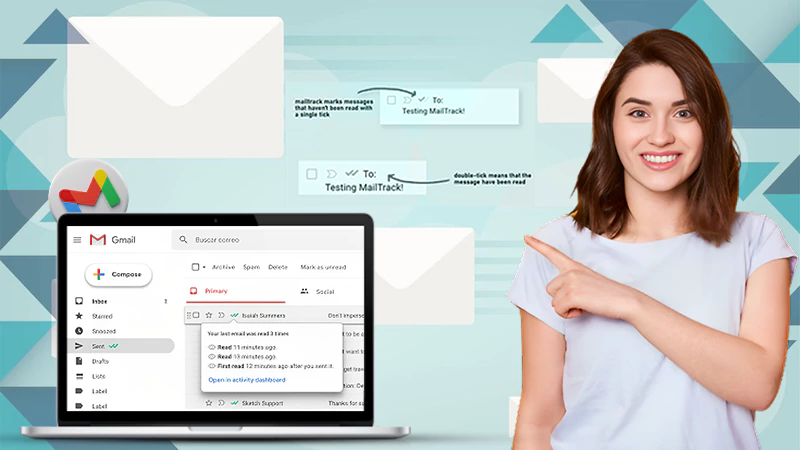Progressive Web Apps: Modern eCommerce Must-Have
A Progressive Web App (PWA) is a type of web application that combines the best of web and mobile apps. It is designed to be fast, engaging, and reliable, with an app-like user experience. PWAs are installed on the user’s device with a single click and are built using web technologies such as HTML, CSS, and JavaScript. They require no app store approval and can be accessed on any device with a web browser.
PWAs were first introduced by Google in 2015 and have since become popular among web developers and businesses. They benefit businesses because they can be quickly and easily deployed, require minimal maintenance, have high engagement rates, and can work offline. Additionally, they are cost-effective and offer cross-platform compatibility.
The world of eCommerce is constantly evolving, and one of the most powerful tools for staying ahead of the competition is using Progressive Web Apps (PWAs). PWAs combine traditional web technology and native mobile applications, enriching user experience and increasing engagement. With PWAs, you can unlock your eCommerce business’s potential by providing customers with a fast, reliable, and engaging shopping experience.
From improved search capabilities to faster loading times, PWAs can significantly increase user engagement, customer loyalty, and overall sales. With the right implementation, PWAs can help you reach new customers, boost customer retention, and drive more revenue.
In this article, we’ll explore the benefits of a PWA for eCommerce businesses, how to implement PWAs, strategies for leveraging PWAs to reach new customers, and tips for optimizing PWAs for maximum engagement.
Benefits of PWAs for eCommerce Businesses
The use of PWAs for eCommerce businesses has grown exponentially in recent years. PWAs offer several advantages over traditional web-based applications, including improved performance, faster loading times, and enhanced user experience. PWAs can also help eCommerce businesses reach more customers and increase customer loyalty.
Here are some of the key benefits of PWAs for eCommerce businesses:
- Improved Performance: PWAs are built with web technologies, which means they can be accessed on any device with an internet connection. This makes PWAs more responsive, faster loading, and easier to maintain. PWAs also offer improved performance when compared to traditional web-based applications, as they are built using modern web technologies such as HTML5, CSS, and JavaScript.
- Faster Loading Times: PWAs are designed to load quickly, which means customers can access your website or application faster and with fewer delays. This can significantly improve the user experience and reduce customer wait times.
- Enhanced User Experience: PWAs provide users with an enhanced user experience, as they are designed to be engaging, intuitive, and easy to use. PWAs also offer features such as push notifications, which can help keep customers engaged and informed about new products and services.
- Increased Customer Reach: PWAs are accessible on any device with an internet connection, which means they can help eCommerce businesses reach customers who may not have access to traditional web-based applications. This can significantly increase customer reach and open up new markets.
- Increased Customer Loyalty: PWAs offer a more engaging user experience, which can lead to increased customer loyalty. Customers with a positive experience with a PWA are more likely to return to your website or application.
How to Implement PWAs for Your eCommerce Business
Implementing PWAs for your eCommerce business is relatively straightforward. The first step is to select a PWA platform that meets your business needs. Several PWA platforms are available, such as Flutter and React Native, which offers a variety of features and services. Once you have selected a platform, you can begin to design and develop your PWA.
The next step is to create a manifest file, which is used to define the features and functionality of your PWA. The manifest file should include information such as the application’s name, the version number, the icons used, and the start URL. Once you have created the manifest file, you can begin to design and develop your PWA.
When designing and developing your PWA, you should create a user-friendly experience. This includes ensuring the navigation is intuitive and the user interface is easy to use. You should also ensure that the application is optimized for all devices, as this will help ensure that customers have a positive experience when using your PWA.
Once you have designed and developed your PWA, the next step is to deploy it. Deploying a PWA is relatively straightforward, as you can use most hosting providers to host your PWA. Once your PWA is deployed, you can begin to track usage and engagement to evaluate the success of your PWA.
How to Maximize Your Return on Investment with PWAs
Once you have implemented a PWA for your eCommerce business, you should maximize your return on investment. This can be done by optimizing your PWA for maximum performance, leveraging new technologies, and using analytics to track usage and engagement.
When optimizing your PWA for maximum performance, you should ensure that the loading times are as fast as possible. You should also ensure the user interface is intuitive and the navigation is easy to use. Additionally, you should ensure that the application is optimized for all devices, as this will help ensure that customers have a positive experience when using your PWA.
To leverage new technologies, you should ensure that your PWA is compatible with the latest web technologies. This includes ensuring that your PWA is compatible with Progressive Web Apps, which can help improve loading times and provide customers with an enhanced user experience. Additionally, you should ensure that your PWA is compatible with artificial intelligence (AI) and machine learning (ML) technologies, as this can help improve customer engagement and loyalty.
Finally, you should use analytics to track usage and engagement. This can help you identify areas of the application that need improvement and identify opportunities for new features and functionality. Additionally, analytics can help you identify areas where customers are having difficulty, which can help you improve the user experience and increase customer satisfaction.
Best Practices for Designing PWAs for eCommerce
Designing PWAs for eCommerce requires a different approach than traditional web-based applications. When designing PWAs, you should focus on creating an engaging user experience that is optimized for all devices. Here are some best practices for designing PWAs for eCommerce:
- Focus on Performance: Performance is key when designing PWAs for eCommerce, as customers expect fast loading times and an intuitive user experience. You should focus on optimizing your PWA for maximum performance, which includes ensuring that the loading times are as fast as possible and that the user interface is easy to use.
- Use Progressive Enhancements: Progressive enhancements are a great way to ensure your PWA is optimized for all devices. Progressive enhancements are features that are only available on specific devices, such as push notifications on mobile devices. They can help ensure customers have a positive experience when using your PWA, regardless of their device.
- Leverage New Technologies: Leveraging new technologies is a great way to ensure your PWA is current and optimized for the latest web technologies. This includes ensuring your PWA is compatible with Progressive Web Apps, AI, and ML technologies.
- Optimize for Mobile: Mobile optimization is essential when designing PWAs for eCommerce, as more and more customers use mobile devices to access your website or application. You should ensure that your PWA is optimized for mobile devices, including ensuring that the navigation is intuitive and the user interface is easy to use.
Strategies for Leveraging PWAs to Reach New Customers
Leveraging PWAs to reach new customers is an effective way to expand your customer base and increase sales. Here are some strategies for leveraging PWAs to reach new customers:
- Leverage Social Media: Social media is a great way to reach new customers, as it can help you connect with potential customers who may not have heard of your PWA. Focus on creating engaging content and incentivize customers to visit your PWA, such as discounts or free trials.
- Leverage Offline Advertising: Offline advertising is another great way to reach new customers, as it can help you reach customers who may not have access to the internet. Focus on creating engaging advertisements that highlight the features and benefits of your PWA, as this can help attract potential customers.
- Leverage SEO: SEO is a great way to reach new customers, as it can help your PWA rank higher in search engine results. You should optimize your PWA for search engine optimization (SEO) by using relevant keywords, creating high-quality content, and optimizing your website or application for speed.
- Leverage Paid Advertising: Paid advertising is another great way to reach new customers, as it can help you target potential customers who may not have heard of your PWA. Focus on creating engaging advertisements that highlight the features and benefits of your PWA, as this can help attract potential customers.
Tips for Optimizing PWAs for Maximum Engagement
Optimizing your PWA for maximum engagement is essential for ensuring that customers have a positive experience when using your PWA. Here are some tips for optimizing your PWA for maximum engagement:
- Leverage Push Notifications: Push notifications are a great way to keep customers engaged and informed about new products and services. Focus on creating engaging notifications that highlight the features and benefits of your PWA, as this can keep customers engaged.
- Leverage Personalization: Personalization is a great way to keep customers engaged, as it can help you create a more tailored experience for each customer. You should leverage personalization features, such as providing customers with customized product recommendations, to keep them engaged.
- Leverage Gamification: Gamification is a great way to keep customers engaged, as it can help make the experience more fun and engaging. To keep customers engaged, you should create engaging games, such as quizzes or rewards programs.
- Leverage AI and ML: AI and ML technologies can help you create a more personalized and engaging customer experience. You should focus on leveraging AI and ML technologies, such as providing customers with customized product recommendations, to keep them engaged.
Conclusion
Progressive Web Apps (PWAs) are a powerful tool for eCommerce businesses, as they can help you reach new customers, boost customer loyalty, and drive more revenue. With the right implementation, PWAs can help you unlock your eCommerce business’s potential and provide customers with a fast, reliable, and engaging shopping experience.
When implementing PWAs for your eCommerce business, you should optimize your PWA for maximum performance, leverage new technologies, and use analytics to track usage and engagement. Additionally, you should focus on creating an engaging user experience that is optimized for all devices. Finally, you should leverage social media and paid advertising strategies to reach new customers.
Various courses and services are available to help you develop and optimize PWAs for eCommerce. With the right implementation and optimization, PWAs can help you unlock your eCommerce business’s potential and drive more revenue.
Strategies of Implementing DevOps for Success
The Top 5 Email Extractor Apps of 2024
How Can QR Codes Simplify Your Daily Routine:…
All-Inclusive Guide on RTasks Login at RTasks.Net!
SPYX Review: The Ultimate Spy Tool for Worried…
From Exams to Exercise: How Health and Wellness…
Spotify Receiptify: Learn How to Create & Share…
Unlocking the Power of Money Transfer: Simplifying the…
Secure and Swift: Exploring Online Money Transfer Options
What Is Spotify Color Palette, How to Create…
Maximizing ROI: Tips for Cost-Effective Direct Mail Campaigns












